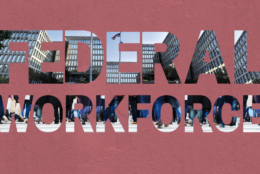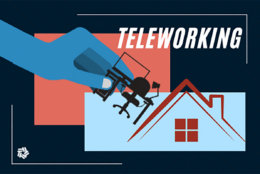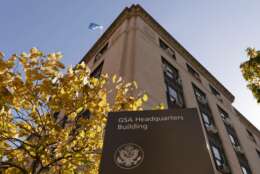Federal Employee Viewpoint Survey
-
The 2022 Federal Employee Viewpoint Survey added new questions about innovation and resilience, as well as a new index on diversity, equity, inclusion and accessibility.
October 28, 2022 -
The results of the 2022 FEVS showed a governmentwide employee engagement score of 71%, the same score as last year's survey, but a 1% drop compared with the 2020 FEVS.
October 20, 2022 -
Armed Services and Defense Department organizations range all over the place when it comes to the best places to work rankings.
September 02, 2022 -
Space and Missile Defense Command started its improvement plan by listening to its own people.
August 26, 2022 -
Do groups generate better ideas when they meet in person or virtually? Bob Tobias, a professor at American University, talked about a new study, in studio, with Federal Drive host Tom Temin.
July 22, 2022 -
On average, federal agencies lag behind the private sector on employee engagement. But there may be more to the story.
July 18, 2022 -
Employee satisfaction in the Best Places to Work in the Federal Government rankings took a plunge, but some agencies still found success.
July 13, 2022 -
Employee engagement and satisfaction dropped by 4.5 points in the Partnership for Public Service’s 2021 “Best Places to Work in the Federal Government” rankings.
July 13, 2022 -
Agencies may see some changes in this year's rankings for the "Best Places to Work" in the federal government
July 11, 2022 -
Resilience, innovation and employee engagement are priorities for OPM Director Kiran Ahuja to position the federal workforce as a model employer.
June 23, 2022 -
One way to improve federal employees’ trust? More transparency from agency leaders.
June 20, 2022 -
The Department of Housing and Urban Development works with affinity groups and holds listening sessions to develop leadership and improve employee engagement.
June 14, 2022 -
In Federal News Network’s exclusive online survey on office reentry plans, many feds said returning to the office will worsen employee productivity, satisfaction and retention.
May 30, 2022 -
In an effort to boost employee satisfaction and engagement, GSA Deputy Administrator Katy Kale encourages a strong “feedback loop” for the agency’s workforce.
May 19, 2022 -
In today's Federal Newscast, House lawmakers want to change how cost-of-living adjustments, or COLAs, are calculated for many federal retirees.
May 17, 2022













